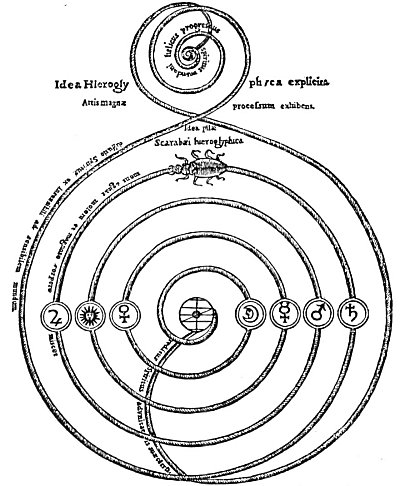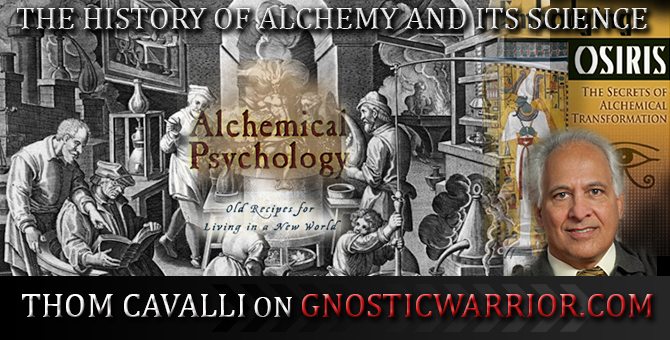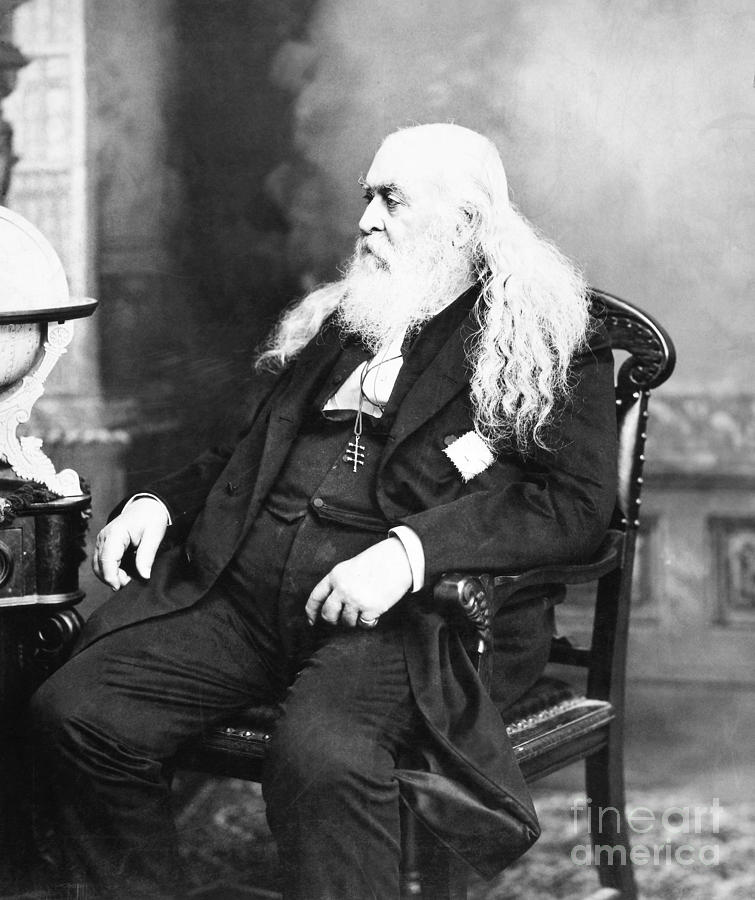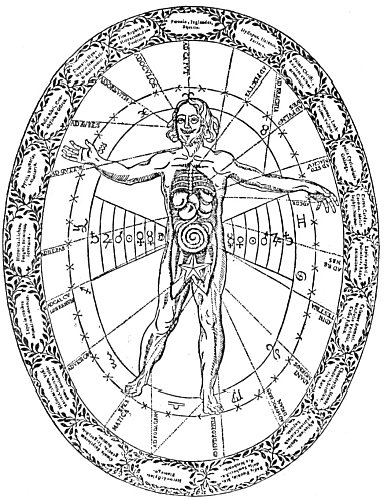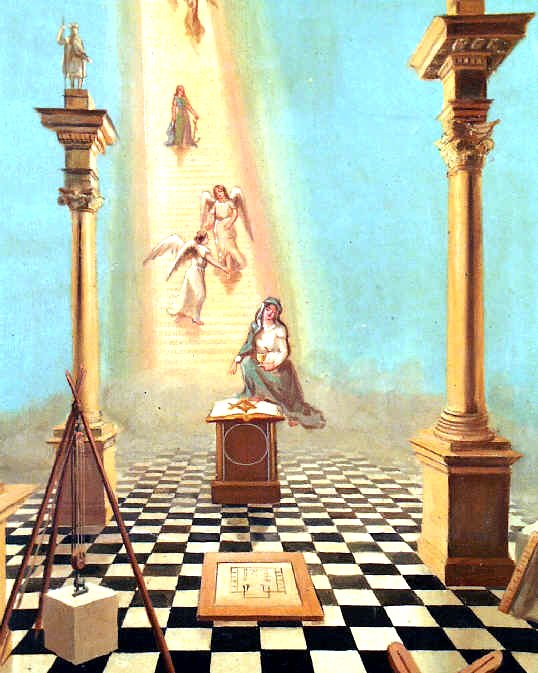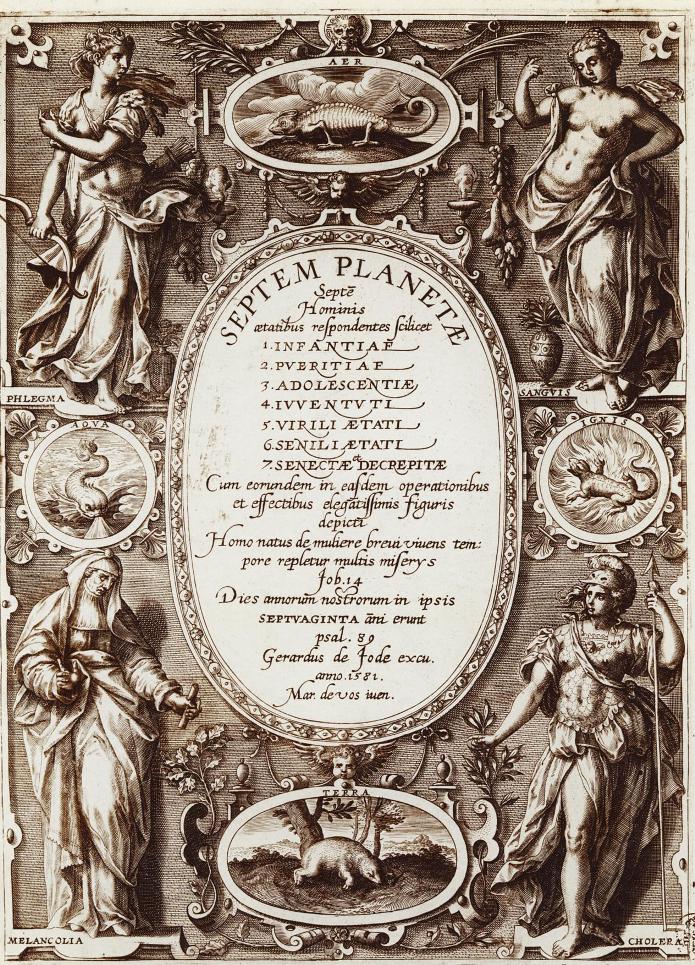Dr. Franz Hartmann has collected reliable evidence concerning four different: alchemists who transmuted base metals into gold not once but many times. One of these accounts concerns a monk of the Order of St. Augustine named Wenzel Seiler, who discovered a small amount of mysterious red powder in his convent. In the presence of Emperor Leopold I, King of Germany, Hungary, and Bohemia, he transmuted quantities of tin into gold. Among other things which he dipped into his mysterious essence was a large silver medal. That part of the medal which came in contact with the gold-producing substance was transmuted into the purest quality of the more precious metal. The rest remained silver. With regard to this medal, Dr. Hartmann writes:
“The most indisputable proof (if appearances can prove anything) of the possibility of transmuting base metals into gold, may be seen by everyone who visits Vienna; it being a medal preserved in the Imperial treasury chamber, and it is stated that this medal, consisting originally of silver, has been partly transformed into gold, by alchemical means, by the same Wenzel Seiler who was afterwards made a knight by the Emperor Leopold I. and given the title Wenzeslaus Ritter von Reinburg. “(In the Pronaos of the Temple of Wisdom.)
Space limitations preclude a lengthy discussion of the alchemists. A brief sketch of the lives of four should serve to show the general principles on which they worked, the method by which they obtained their knowledge, and the use which they made of it. These four were Grand Masters of this secret science; and the stories of
PARACELSUS.
From The Complete Writings of Paracelsus, of Hohenheim. In his Biographia Antiqua, Francis Barrett appends to the name of Paracelsus the following titles of distinction: “The Prince of Physicians and Philosophers by Fire; Grand Paradoxical Physician; The Trismegistus of Switzerland; First Reformer of Chymical Philosophy; Adept in Alchymy, Cabala, and Magic; Nature’s Faithful Secretary; Master of the Elixir of Life and The Philosopher’s Stone,” and the “Great Monarch of Chymical Secrets”
p. 150
their wanderings and strivings, as recorded by their own pens and by contemporaneous disciples of the Hermetic art, are as fascinating as any romance of fiction.
PARACELSUS OF HOHENHEIM
The most famous of alchemical and Hermetic philosophers was Philippus Aureolus Theophrastus Bombastus von Hohenheim. This man, who called himself Paracelsus, declared that some day all the doctors of Europe would turn from the other schools and, following him, revere him above every other physician. The accepted date of the birth of Paracelsus is December 17, 1493. He was an only child. Both his father and mother were interested in medicine and chemistry. His father was a physician and his mother the superintendent of a hospital. While still a youth, Paracelsus became greatly interested in the writings of Isaac of Holland, and determined to reform the medical science of his day.
When twenty years old he began a series of travels which continued for about twelve years. He visited many European countries, including Russia. It is possible that he penetrated into Asia. It was in Constantinople that the great secret of the Hermetic arts was bestowed upon him by Arabian adepts. His knowledge of the Nature spirits and the inhabitants of the invisible worlds he probably secured from the Brahmins of India with whom he came in contact either directly or through their disciples. He became an army physician, and his understanding and skill brought him great success.
Upon his return to Germany, he began his long-dreamed-of reformation of the medical arts and sciences. He was opposed on every hand and criticized unmercifully. His violent temper and tremendously strong personality undoubtedly precipitated many storms upon his head which might have been avoided had he been of a less caustic disposition. He flayed the apothecaries, asserting that they did not use the proper ingredients in their prescriptions and did not consider the needs of their patients, desiring only to collect exorbitant fees for their concoctions.
The remarkable cures which Paracelsus effected only made his enemies hate him more bitterly, for they could not duplicate the apparent miracles which he wrought. He not only treated the more common diseases of his day but is said to have actually cured leprosy, cholera, and cancer. His friends claimed for him that he all but raised the dead. His systems of healing were so heterodox, however, that slowly but surely his enemies overwhelmed him and again and again forced him to leave the fields of his labors and seek refuge where he was not known.

Moe is the founder of GnosticWarrior.com. He is a father, husband, author, martial arts black belt, and an expert in Gnosticism, the occult, and esotericism.


